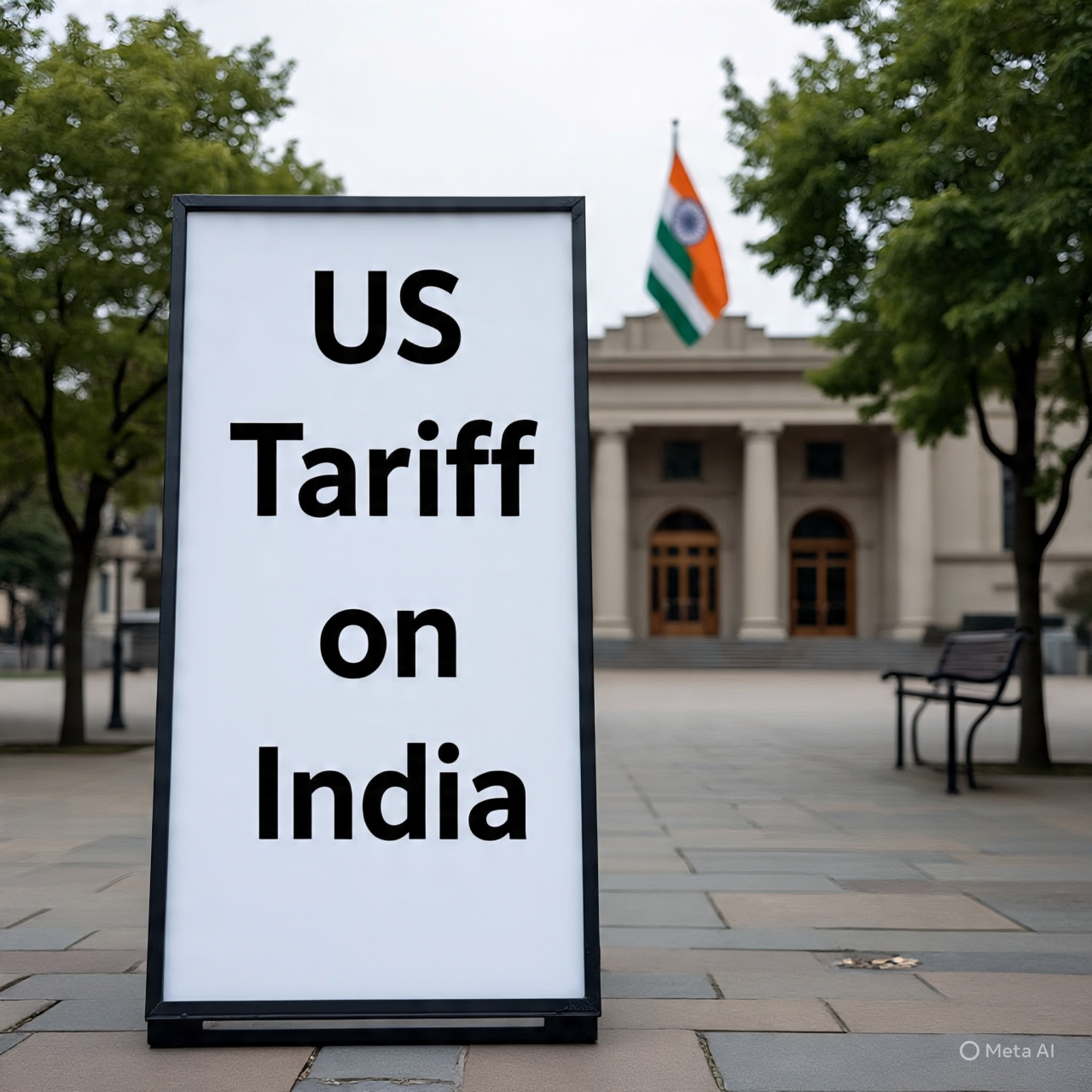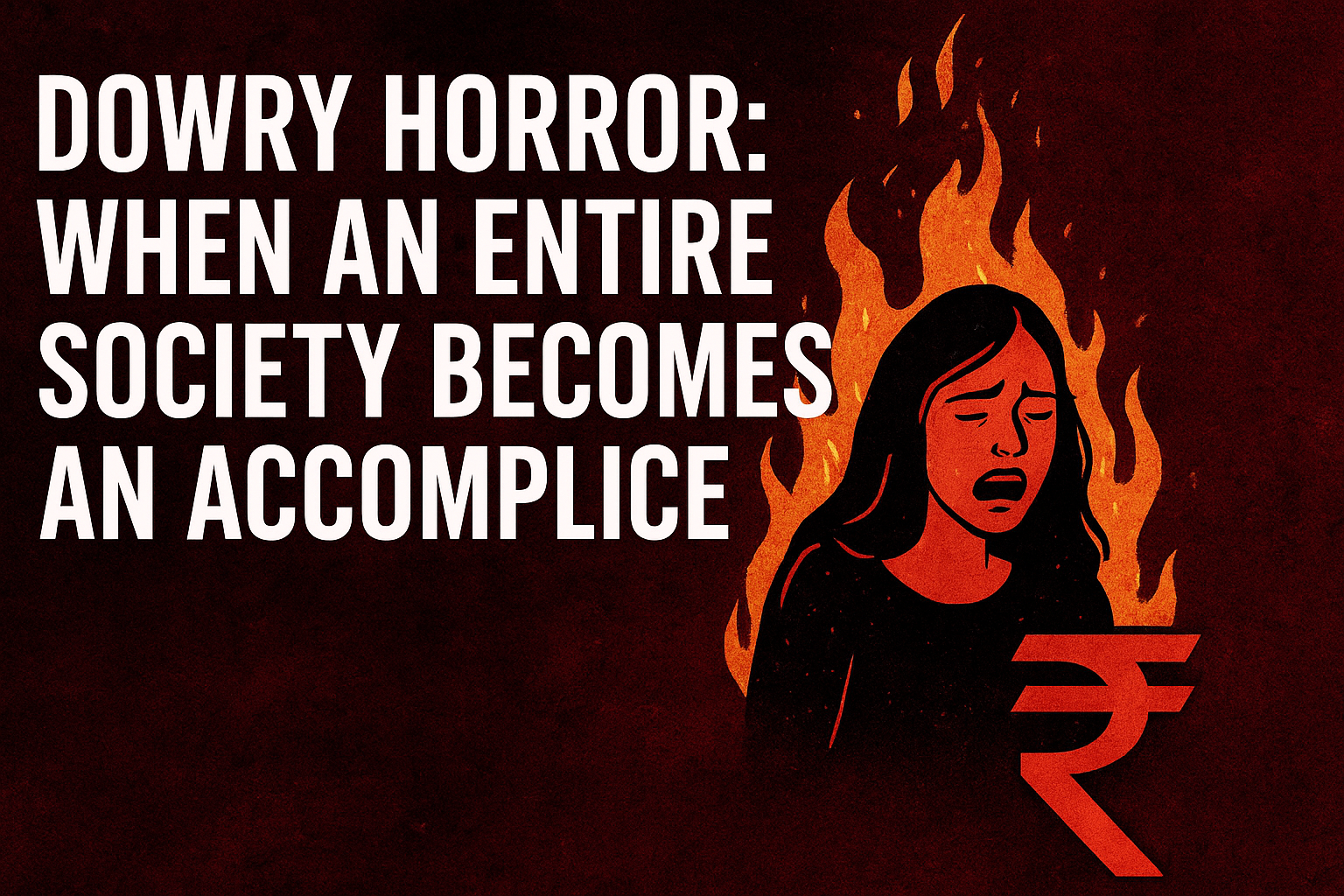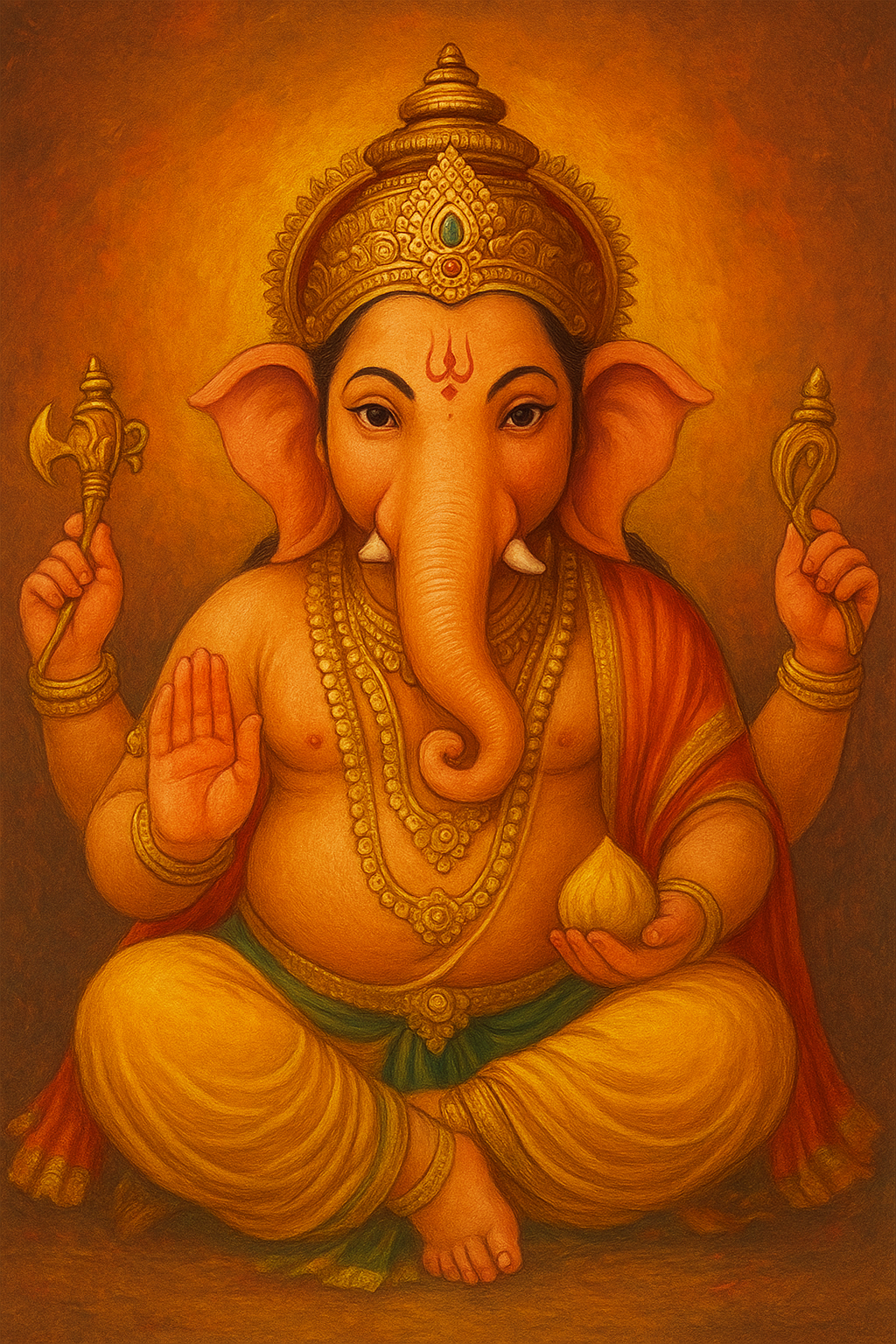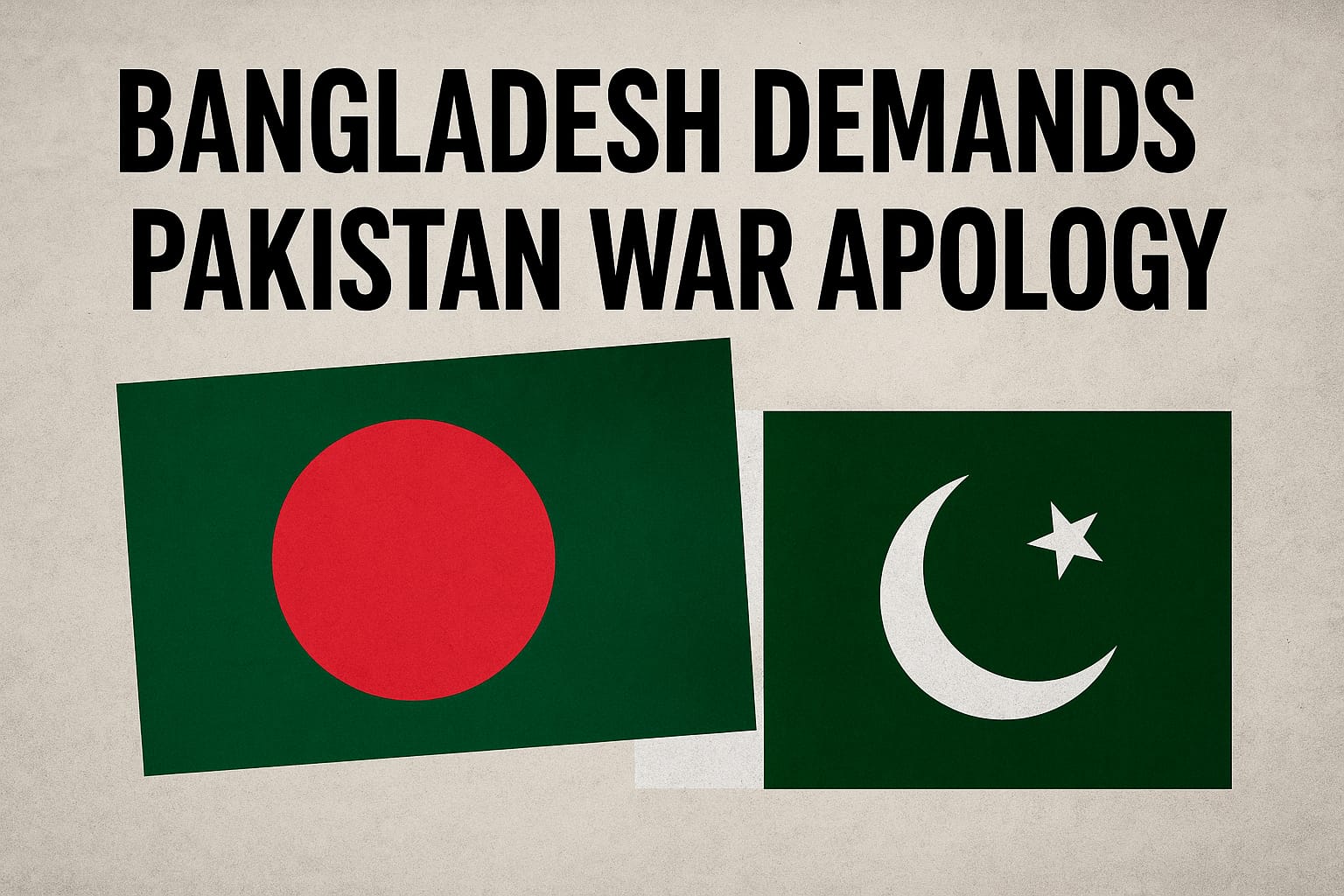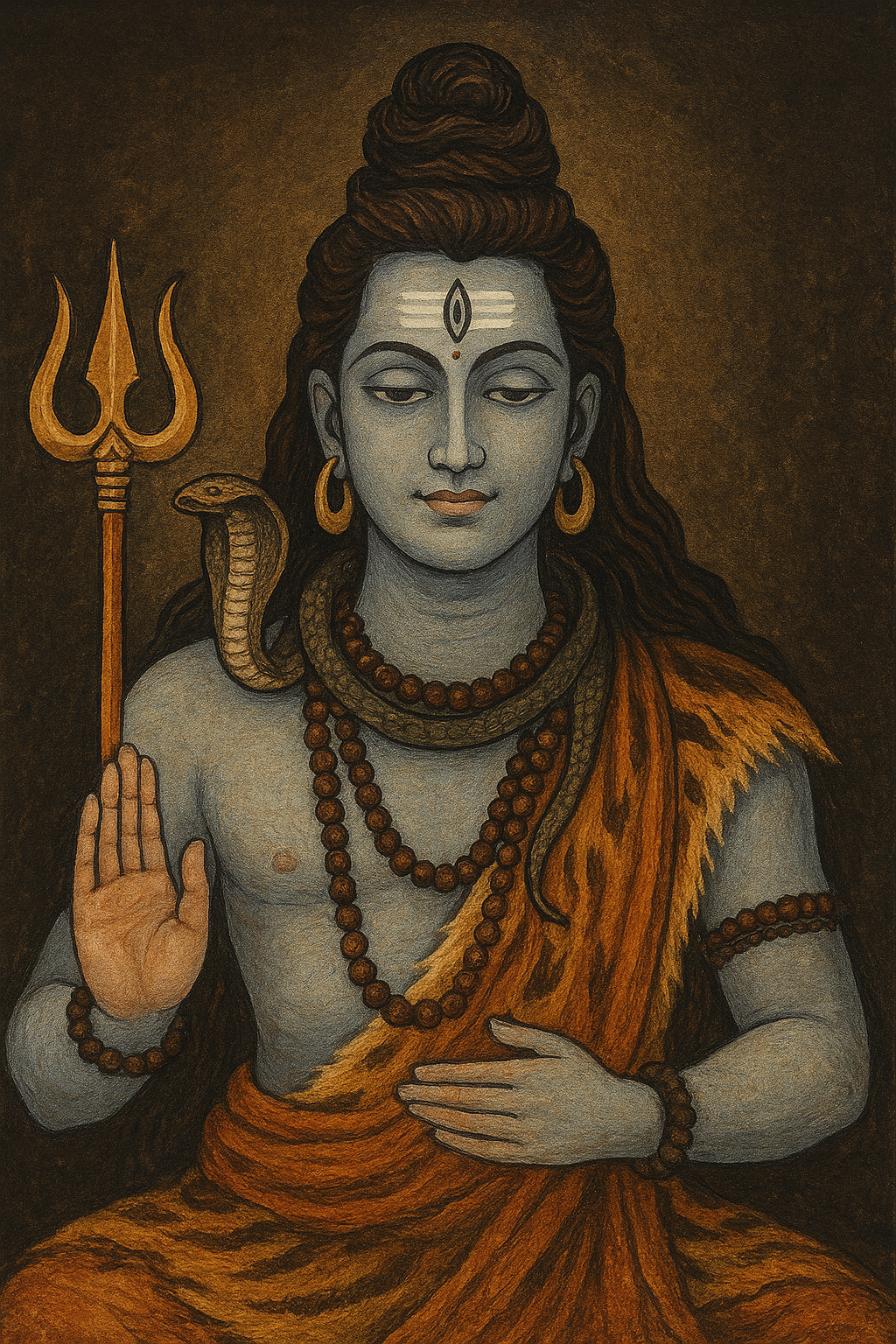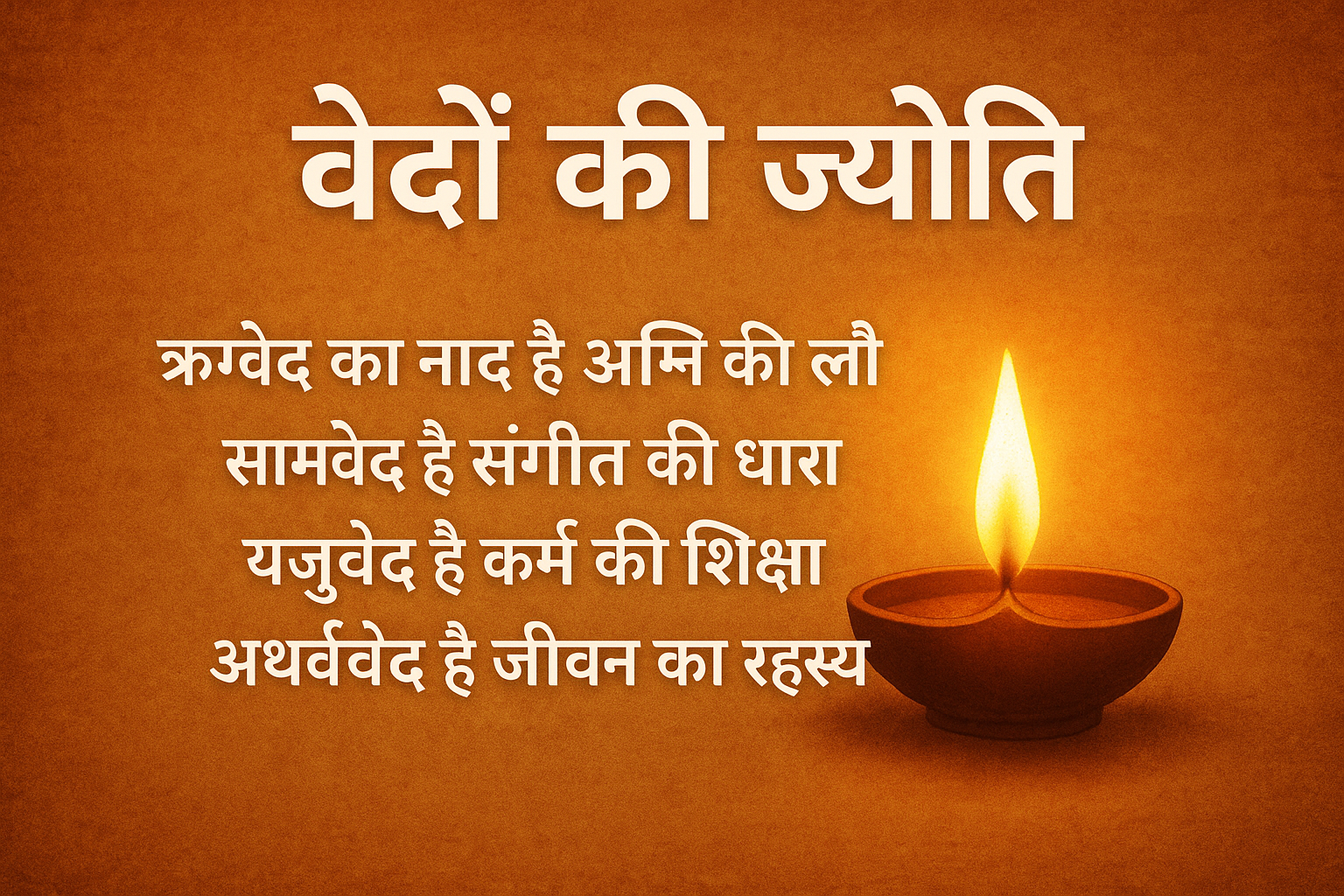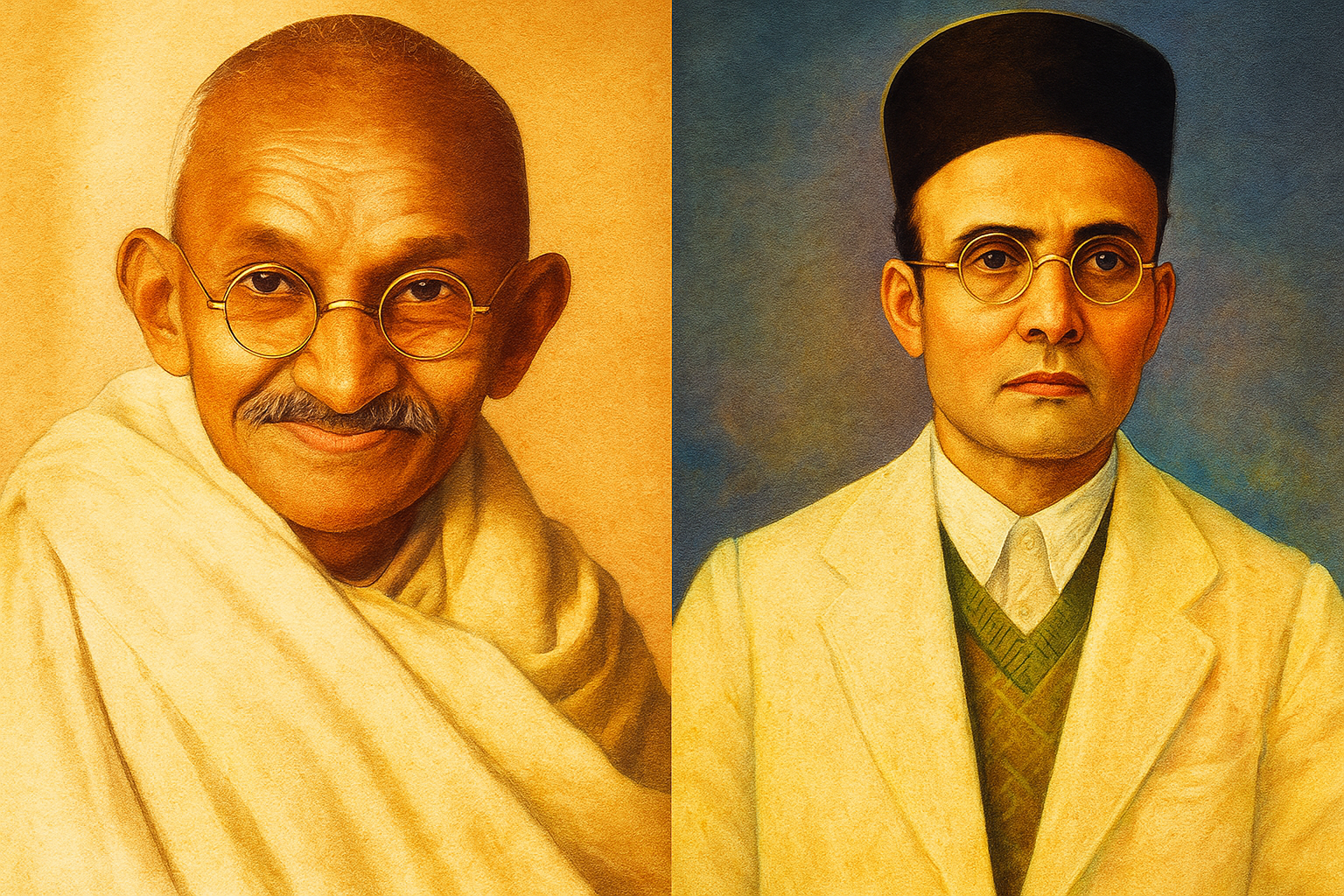
Time has a curious way of turning the ordinary into something priceless. In India, the humble post office was once more than a public utility — it was a sanctuary of connection. Letters carried far more than ink and paper; they held emotions, dreams, and moments frozen in time, all sealed within modest envelopes marked by the promise of human connection.
The journey of India’s postal service began long before independence. But it was after 1947, as the country rebuilt and rediscovered its identity, that the post office rose as a symbol of unity. It became a lifeline between far-flung villages and bustling cities, between families torn apart by migration, and between individuals whose lives may otherwise never have touched.
In those days, the post office stood tall as more than just a place to collect mail. It was the epicenter of personal and social storytelling — a trusted messenger, delivering news that could bring either tears or laughter. Children would wait eagerly for birthday cards from uncles and aunts living miles away. The arrival of the postman, dressed in khaki and pedalling his familiar bicycle, was a daily ritual. His leather satchel, aged and worn, carried more than correspondence; it carried the heartbeat of everyday life.
That anticipation was sacred. The bell at the gate rang like a chime of possibility. The postman’s arrival was deliberate, graceful, and personal. With each flip through his stack of letters, he would call out names with clarity and confidence, delivering messages that often changed someone’s day — or life.
Receiving a letter was an experience. The rustle of the envelope, the scent of ink, the textured feel of the paper — all added layers of intimacy. Be it a postcard, a job offers, a handwritten love letter, or a telegram of urgent news, every piece of mail was a tangible reminder that someone, somewhere, had paused to connect.
India’s postal system was as diverse as the nation itself. From the snowy terrains of Ladakh to the sun-kissed shores of Tamil Nadu, the postman was a trusted figure. In metro cities, the post office doubled as a hub of interaction. In remote villages, it was often the only lifeline to the outside world. The red postbox, the blue inland letter, the hand-addressed envelope — all stood as symbols of continuity in a rapidly changing society.
Known as the P&T Department in earlier decades, India Post was more than just a messenger. It was a financial institution offering savings accounts, money orders, and insurance. For many families, the post office was not just a stop on the street — it was an anchor in their lives.
The technological tide of the 1980s and 90s began to erode this anchor. The rise of television, mobile phones, and the internet changed how people communicated. Emails replaced letters. Text messages replaced postcards. The postman’s khaki uniform and leather bag, once familiar symbols, began to vanish into the background. The emotional ritual of receiving a letter became rare, replaced by the speed — but not the soul — of digital communication.
Yet nostalgia, like a handwritten note, endures. In a world of instant messaging, the slow, deliberate pace of a letter holds fresh allure. Many are rediscovering the beauty of writing by hand. The personal touch of a signature, the intimacy of pen on paper, the patience it requires — all speak to a human need that bytes and pixels cannot fulfill.
Old post offices, often overlooked, still stand in many towns and cities — faded but firm. You may find an aged postman, his bag a little heavier with time, his bicycle a little rustier, but his sense of purpose intact. For him, delivering a letter is still an act of quiet dignity.
Today, the Indian post office remains a powerful symbol of connection. For those who still write and wait, it embodies something timeless — the desire to reach across distances and make someone feel remembered.
Even in an era driven by speed, algorithms, and automation, the post office lingers in memory — like the scent of old paper, the chime of a bicycle bell, and the warmth of words sent across miles. It reminds us that real connection isn’t always about how fast you send something, but how deeply it’s felt when received.
In every unopened letter, in every red postbox, there lies the quiet magic of reaching out — a soft echo from the past that still finds its way home.



.jpeg)



